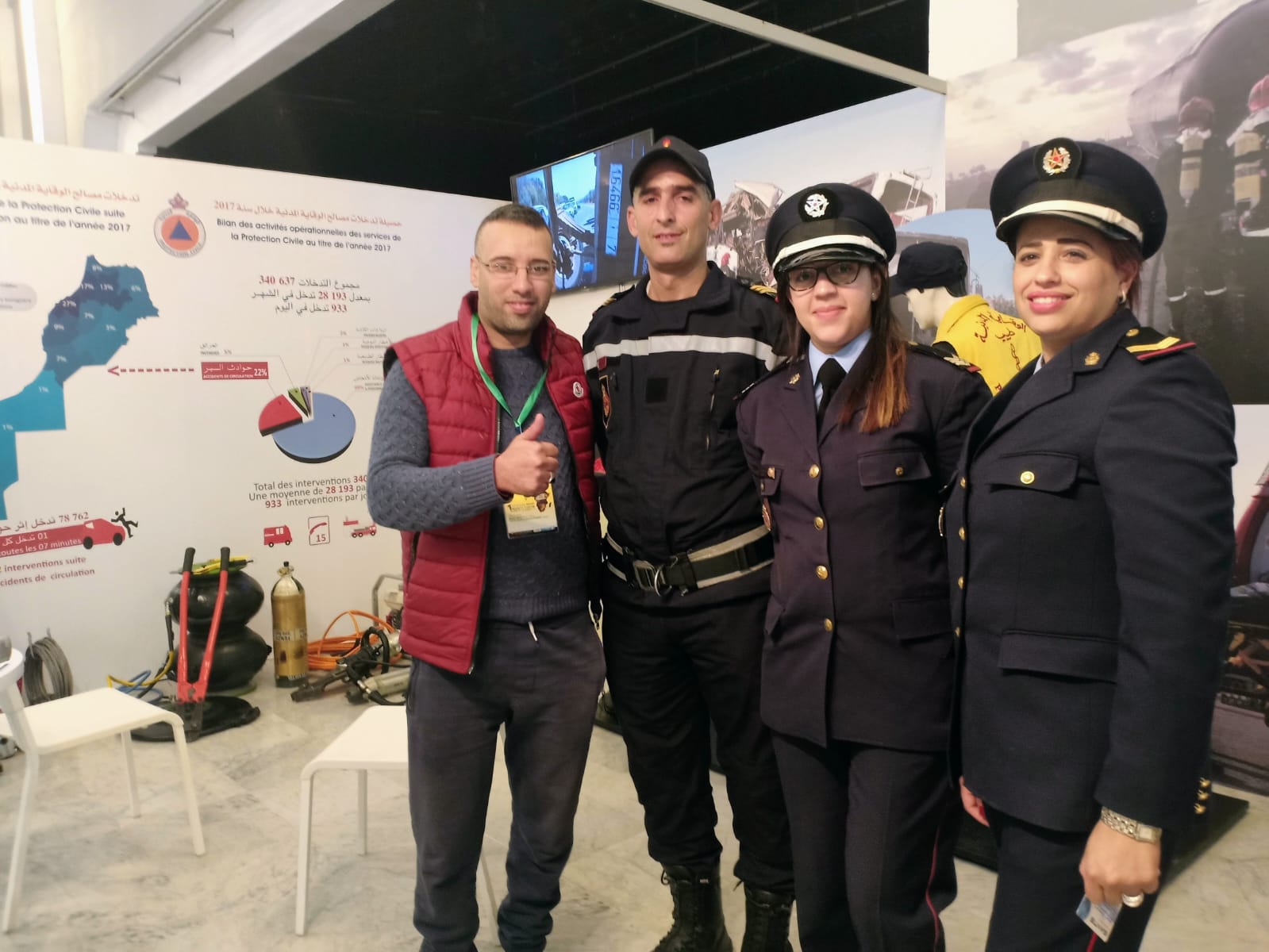
Seconds Count! How to Call for an Ambulance and Save a Life
Seconds Count: How to Call for an Ambulance and Save a Life
Emergencies can happen unexpectedly, leaving us feeling panicked and unsure of what to do. Knowing how to react quickly and efficiently can be the difference between life and death. This blog post will guide you through the crucial steps of calling for an ambulance and providing immediate life-saving assistance.
1. Calling for Help: The Crucial First Step
When facing a medical emergency, your first action should always be to call for professional help. In most countries, this involves dialing a specific emergency number. Remember this number – it’s often prominently displayed on phones and in public places. In many places, this is 911 (North America), 999 (UK), 112 (Europe), or a similar number specific to your region.
What to do when you call:
- Stay Calm: The dispatcher needs clear information. Deep breaths can help you remain calm and articulate.
- Provide the Location: Be as precise as possible. Include the street address, building number, landmarks, and any other identifying information. If you’re unsure of the exact location, use a GPS app on your phone.
- Describe the Emergency: Briefly but clearly explain the situation. Mention the nature of the emergency (e.g., heart attack, car accident, severe bleeding), the number of people involved, and their apparent condition.
- Answer Questions: The dispatcher will ask questions to assess the situation and guide you. Answer them clearly and honestly.
- Follow Instructions: Listen carefully and follow any instructions given by the dispatcher. They might guide you through basic first aid until the ambulance arrives.
- Don’t Hang Up: Keep the line open until the dispatcher tells you to hang up.
2. Providing Immediate Life Support: Before the Ambulance Arrives
While waiting for the ambulance, you can provide crucial life support depending on the situation. Remember, your safety is paramount. Do not put yourself in danger.
Common Emergency Situations and Basic Actions:
- Cardiac Arrest: If someone is unresponsive and not breathing, start CPR immediately. If you’re not trained in CPR, follow the dispatcher’s instructions. Chest compressions are vital.
- Severe Bleeding: Apply direct pressure to the wound using a clean cloth. Elevate the injured limb if possible.
- Choking: Perform the Heimlich maneuver if someone is choking and unable to breathe.
- Stroke: Note the time of symptom onset. Look for FAST signs (Face drooping, Arm weakness, Speech difficulty, Time to call).
- Broken Bones: Immobilize the injured area as much as possible to prevent further injury.
Important Considerations:
- Safety First: Assess the scene for any dangers before approaching the injured person.
- Personal Protective Equipment (PPE): If available, use gloves and other PPE to protect yourself from bloodborne pathogens.
- Do No Harm: Avoid actions that could worsen the situation.
- Stay Calm and Reassure: A calm demeanor can help reduce the stress of the injured person.
3. After the Ambulance Arrives:
- Cooperate with Paramedics: Provide them with any information you have about the situation and the injured person.
- Follow Instructions: Follow their instructions carefully.
- Document Everything: Note the time of the incident, the actions you took, and any information provided by the paramedics. This can be helpful for insurance purposes or legal reasons.
4. Learning Life-Saving Skills:
Consider taking a first aid and CPR course. These courses provide essential skills and confidence to handle emergency situations effectively. Knowing what to do can make a significant difference in the outcome.
This information is for guidance only and does not replace professional medical training. Always prioritize your safety and follow the instructions of emergency medical personnel. Being prepared can significantly improve the chances of a positive outcome in an emergency.